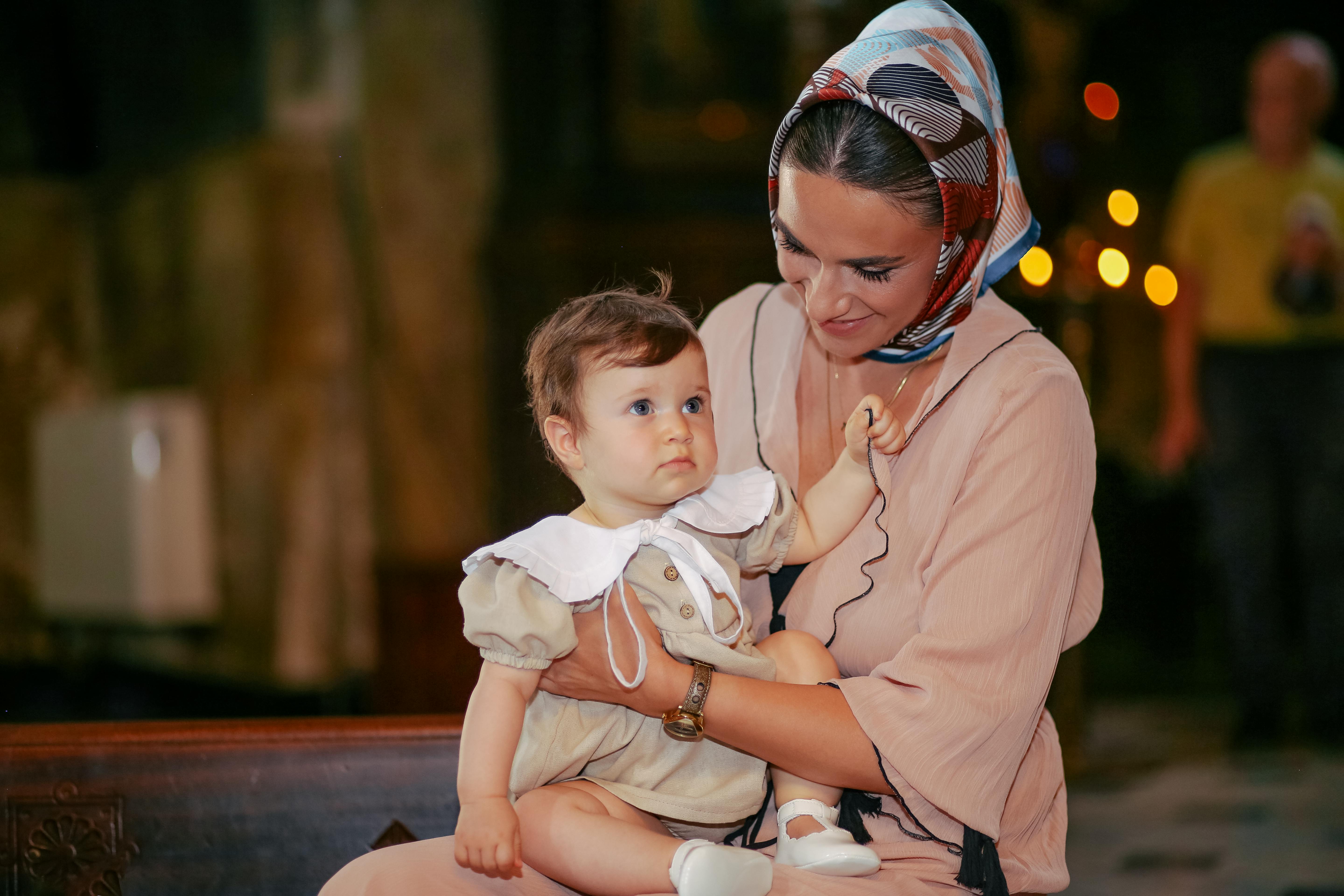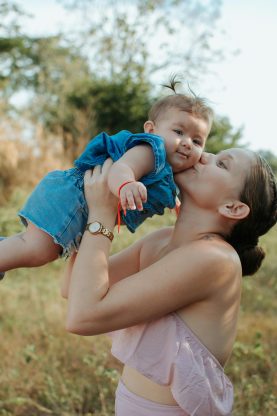Table of Contents
Establishing a Safe Environment
One of the most important safety procedures for babysitters to follow is to establish a safe environment for the children in their care. This means making sure that the home is child-proofed and free of hazards. Before the parents leave, take a walk around the house and make note of any potential dangers, such as sharp objects, choking hazards, or unlocked cabinets. It is also important to ensure that smoke alarms are working properly and that you know the emergency exit plan in case of a fire.
On-Demand Childcare in Your Neighborhood
Book a Sitter
Proper Supervision
Another key safety procedure for babysitters is to provide proper supervision at all times. It is important to keep a close eye on the children, especially if they are young or have special needs. Make sure to stay within arm’s reach of infants and toddlers, and never leave older children unsupervised for extended periods of time. It is also important to establish clear boundaries with the children and enforce rules to ensure their safety.
Emergency Preparedness
In case of an emergency, it is essential for babysitters to be prepared and ready to act quickly. Make sure to have a list of emergency contacts, including the parents’ contact information, as well as the number for poison control and local emergency services. It is also a good idea to familiarize yourself with basic first aid procedures and know how to perform CPR on infants and children. Keep a first aid kit on hand and know where it is located in case of an emergency.

Safe Sleep Practices
For parents with infants or young children, safe sleep practices are crucial to prevent Sudden Infant Death Syndrome (SIDS) and other sleep-related accidents. Babysitters should always put babies to sleep on their back, in a crib with a firm mattress and no pillows or loose bedding. Avoid using crib bumpers or stuffed animals, as these can pose a suffocation hazard.
It is also important to avoid falling asleep while holding a baby, as this can increase the risk of accidental suffocation.
Communication with Parents
Finally, open and clear communication with the parents is essential for ensuring the safety of the children in your care. Make sure to discuss any special instructions or medications that the children may need, as well as any allergies or medical conditions to be aware of. Keep the parents updated on how the children are doing throughout the evening, and make sure to contact them immediately in case of an emergency or if you have any questions or concerns. By following these top safety procedures, babysitters can provide a safe and secure environment for the children in their care and give parents peace of mind while they are away.










